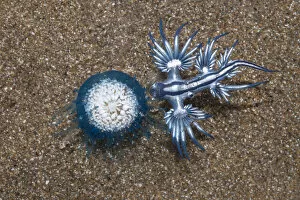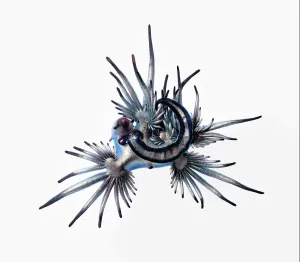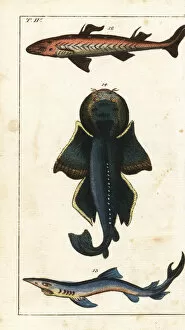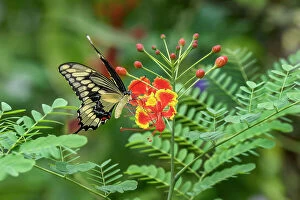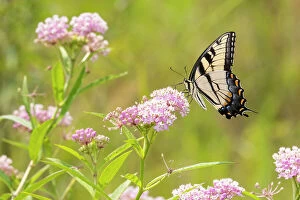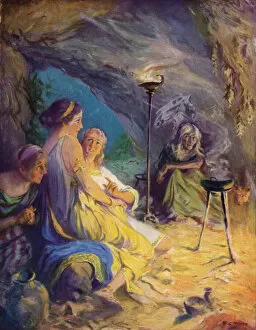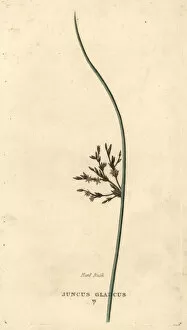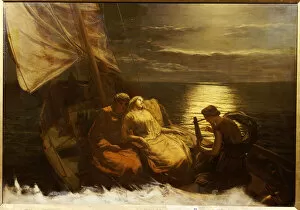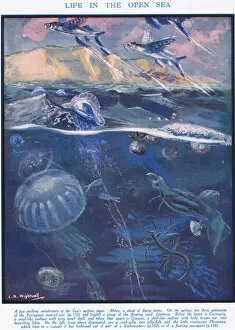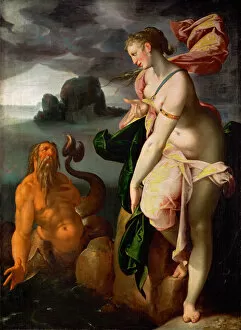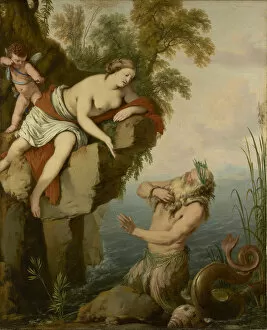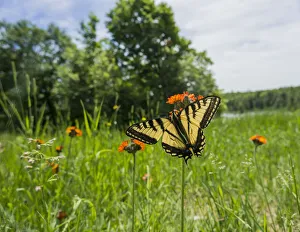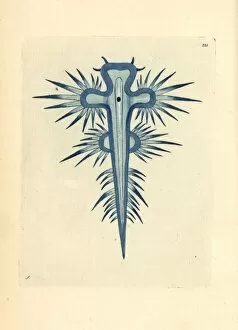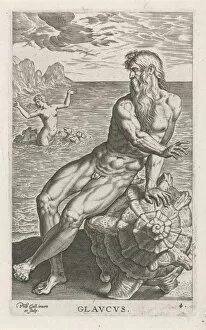Glaucus Collection
"Glaucus: The Enigmatic Blue Sea Slug" Meet Glaucus atlanticus, commonly known as the blue sea slug or the blue dragon seaslug
All Professionally Made to Order for Quick Shipping
"Glaucus: The Enigmatic Blue Sea Slug" Meet Glaucus atlanticus, commonly known as the blue sea slug or the blue dragon seaslug. This fascinating creature possesses a mesmerizing hue that captivates all who encounter it. With its vibrant blue coloration and intricate patterns, it is truly a sight to behold. One of nature's most remarkable adaptations can be found in this tiny marine gastropod. Despite its delicate appearance, the blue sea slug has developed an immunity to the venomous sting of its prey - the Indo-Pacific Portuguese man-of-war. While thousands of these menacing creatures washed ashore during a mass stranding event, Glaucus atlanticus remained unharmed, preying on them fearlessly. But Glaucus doesn't just rely on Portuguese man-of-war for sustenance; it also feeds on another intriguing organism called the Blue button hydroid colony (Porpita porpita). These feeding habits contribute to their survival and make them an essential part of their ecosystem. Interestingly, it has not only left its mark in marine biology but also made appearances throughout history and art. From ancient tales like Arbaces accusing Glaucus of murder to paintings depicting mythical encounters with Scylla or seeking refuge in witch caves – this enigmatic creature continues to inspire human imagination. In addition to its captivating presence underwater, there are other instances where "Glaucus" finds itself associated with beauty and grace. Eastern tiger swallowtails fluttering around swamp milkweed or perched delicately upon flowers provide a picturesque scene that showcases nature's harmony. As we reflect upon various aspects related to "Glaucus, " let us not forget about Juncus inflexus or blue rush—a plant whose name resonates with our subject matter. Just like this resilient species survives harsh conditions by bending without breaking, so does our beloved sea slug navigate through treacherous waters.


